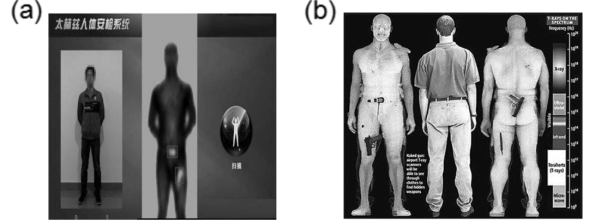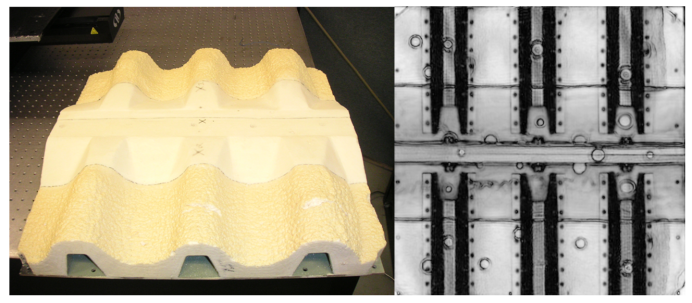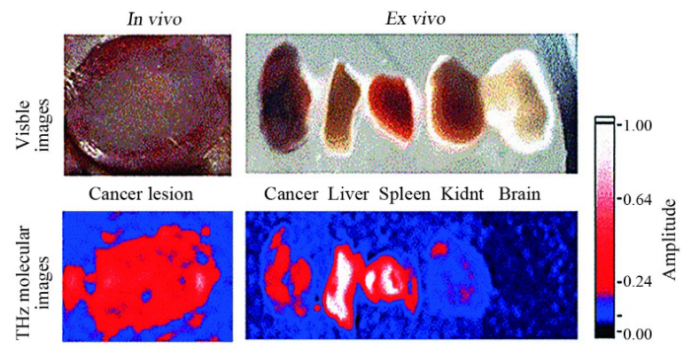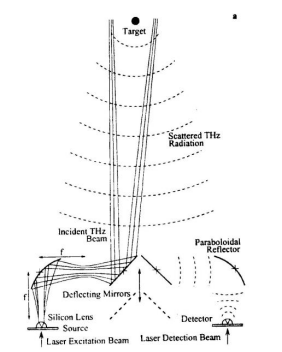Terahertz electromagnetic waves usually refer to far-infrared electromagnetic radiation with frequencies ranging from 0.1 THz to 10 THz. Their band is located between microwave and infrared light, and is an electromagnetic band with rich scientific research value that has not yet been fully developed.
More than a hundred years ago, scholars have been conducting research in related fields, but progress has been slow and there have been no available technological products. Therefore, the terahertz band has been referred to as the “terahertz gap” in the last century.
However, in recent years, terahertz technology has shown broad application prospects in fields such as non-destructive imaging, high-speed communication, astronomical research, and biomedicine, and this neglected band has shown an unprecedented trend of accumulation and development.
Since the mid-1990s, countries led by the United States have invested a large amount of funds in terahertz technology research projects, while China started relatively late. In 2005, more than 20 academicians participated in the 270th Xiangshan Scientific Conference, where they discussed how to develop terahertz science and technology in China, marking the launch of China’s terahertz research strategy. In recent years, Academician Yao Jianquan from the School of Precision Instruments and Optoelectronic Engineering of our university also attaches great importance to terahertz technology and continues to carry out relevant research. So what is the magic of this technology that many scholars are eager to study?
First, the photon energy of terahertz wave is very small. When it interacts with molecules in biological tissue, it will not produce harmful photoionization to biological tissue like X-rays. Moreover, terahertz wave has high penetrability and can penetrate most dry non-polar materials. For fabrics, ceramics, etc. that are difficult to penetrate with visible light, terahertz waves can easily pass through with low loss, making them particularly suitable for non-destructive testing of human bodies or other biological tissues.
Although terahertz has strong penetration into non-polar molecules, it also has a “nemesis”, which is water and other highly polar molecules. This may seem like a fatal flaw, but it has been cleverly applied. Due to the strong absorption of terahertz waves by water, the difference in water content between normal and diseased tissues can be intuitively expressed in biomedical imaging, which can be used for early detection of many diseases
The terahertz band also contains rich physical and chemical information. Most polar molecules and biological macromolecules have vibrational or rotational energy level transitions in the terahertz band, and different substances have different characteristic absorption spectra in the terahertz band. Based on this characteristic, terahertz spectral imaging technology can distinguish the appearance of objects, identify their components, analyze their physical and chemical properties, and further provide technical support for related fields such as drug control and explosion control.
Due to its harmless penetration characteristics, the various imaging applications of terahertz waves in material research, security, biology, and medicine are currently the most widely studied. The terahertz security detector greatly compensates for the shortcomings of X-ray and other detection technologies, which are crucial in passenger safety checks and biological sample checks.
Terahertz waves can also penetrate several thousand millimeters of foam and other materials, detect defects in them, and provide security for space shuttles and satellites.
Terahertz radiation not only has lower ionizing radiation, but also the rotational and vibrational energy levels of many biological macromolecules and DNA molecules are mostly within the terahertz band. Biological tissues have a unique response to terahertz waves. Therefore, terahertz technology can inspect biological tissues to determine whether they have lesions, in order to provide timely treatment.
In addition, terahertz imaging has excellent spectral resolution characteristics, which can quickly identify injured or diseased tissues.
Due to the higher frequency of THz waves compared to conventional microwaves, they have important applications in remote military target detection, displaying tanks in front of smoke, remote imaging, multispectral imaging, etc. They can detect smaller targets than microwave radar and achieve more accurate positioning, with higher resolution and stronger confidentiality.
THz technology also has special functions in anti stealth. At present, the stealth of various military targets and weapons is mainly aimed at the microwave and millimeter wave bands, and is almost not involved in the THz band that has not been fully developed and utilized. So THz radar is expected to detect various military targets and weapons at present, and will become an anti stealth military weapon.
Post time: Aug-02-2023









